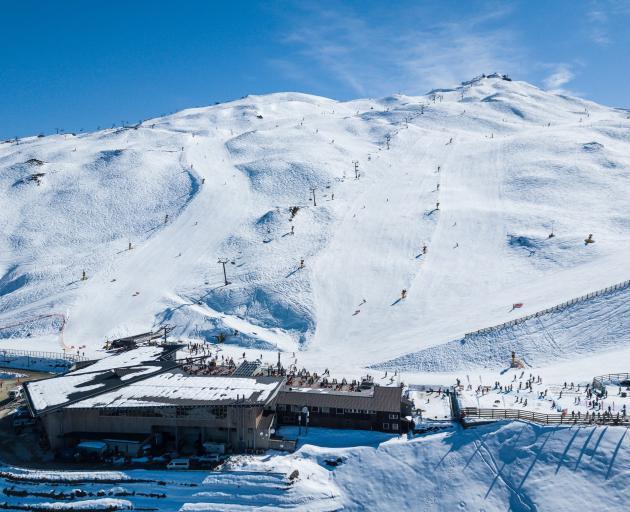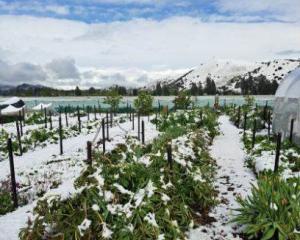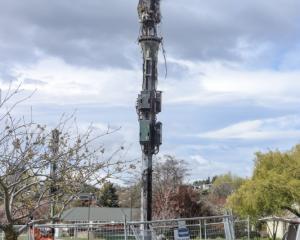
That is the stark prediction made by a University of Otago master’s graduate at the two-day Southern Hemisphere Alpine Conference held at the Lake Wanaka Centre this week.
There were audible gasps from the 200 alpine and snow industry representatives when Matthew Wright presented his research findings on the impact of climate change on seasonal snow in the Queenstown Lakes district.
"A shift in snowline is expected to result in the greatest losses of snow being felt in lower elevations, most of all for areas around 1400m, which can expect to lose around 50 annual snow days on average.
"All other areas above 1000m showed an average of 20 fewer snow days on average," he said the modelling showed.
Mr Wright chose the Upper Clutha catchment as his study area because snow and resulting snowmelt would directly affect the Otago and the New Zealand economy through the energy, agriculture and tourism sectors.
For modelling analysis, he chose a 50km by 50km area from Queenstown to Cromwell and up to Wanaka including the Pisa Ranges and Harris Mountains.
Using simulations of the seasonal snowpack from the past four years and factoring in a predicted regional average temperature increase of 1.5degC and a 10% increase in precipitation, Mr Wright calculated a "climate change scenario"over a four-year period at the end of this century.
A shortening of the snow season and a rising snowline to 1400m were likely to have adverse effects on the ski industry particularly for low-lying skifields such as Coronet Peak with base elevations close to the current winter snow line of 1200m, he said.
Current poor winter seasons could become the average or our best winter seasons, he said.
Shifting snow conditions would be problematic for avalanche forecasting. Changes to the timing and magnitude of snow accumulation and melt were likely to significantly alter the flow regime for rivers and streams in the Clutha catchment.
That would mean more water available in the winter and for hydro generation which would result in more power being generated in times of peak weather demand.
In summer, the amount of water in the rivers and streams would drop, "further exacerbating some of the low flows and causing issues for irrigation and agricultural in the area".
He said short-term variability in the winters made predicting snow resources "difficult".
However, he called his estimates "robust" and recommended they be used to "direct how we act now" in preparing for future snow seasons.












